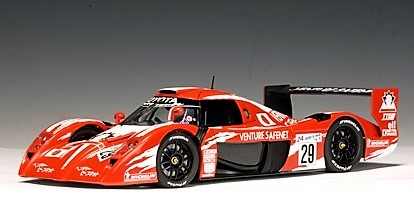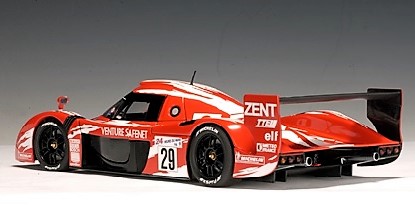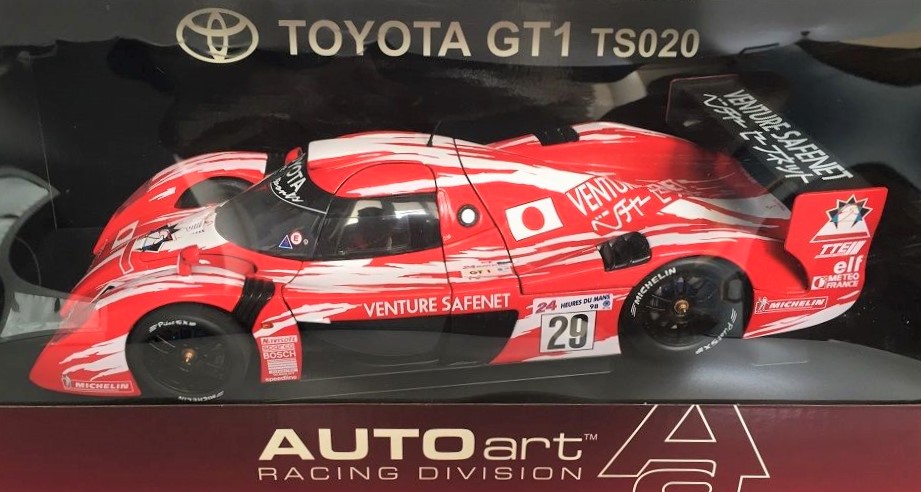1/18 Autoart Toyota GT-One TS020 #29 2000
Currency:
- USD
Spec:
- -
Qty:
Shipping Costs:
Price:
500.17
Items for sale : 99
Feedback ratings : 0(0 ratings)
- Category
- Brand
- Autoart
- Stock
- 1
- Ships from






